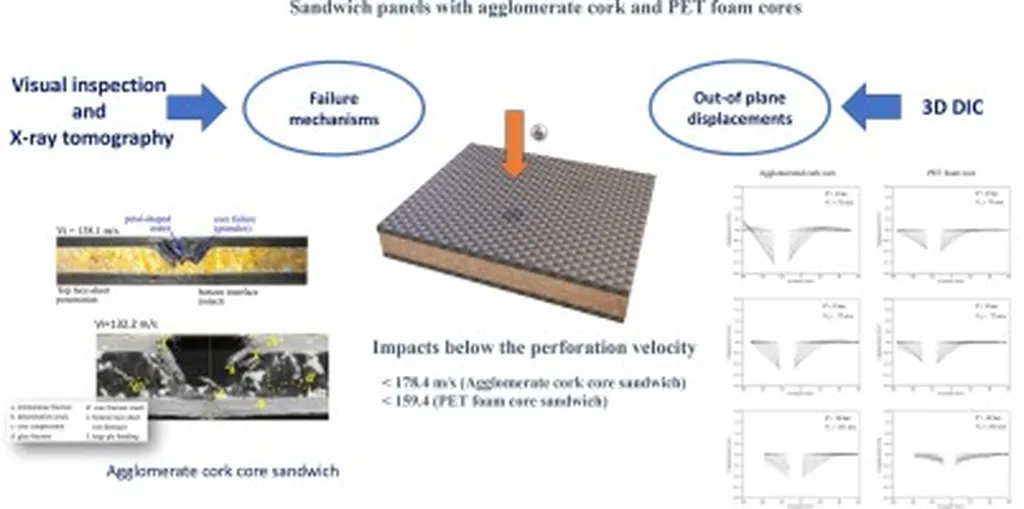In the relentless pursuit of lightweight and robust materials, the 3D core sandwich structure (3DCSS) has emerged as a darling of industries ranging from automotive to aerospace and marine. Yet, a lurking menace—barely visible low-speed impact damage (BVLID)—threatens to undermine the very advantages that make 3DCSS so appealing. Enter Shirsendu Sikdar, a researcher at the Institute of Fluid-Flow Machinery, Polish Academy of Sciences in Gdańsk, who has developed a groundbreaking technique to identify these elusive damages, potentially revolutionizing how industries approach structural integrity.
Sikdar’s research, published in the journal “Computer Assisted Methods in Engineering and Science” (translated from Polish as “Komputerowe Metody Inżynieryjne i Nauki”), focuses on using guided wave (GW) propagation to detect BVLID in 3DCSS. The technique leverages a global-matrix formulation based semi-analytical model to generate dispersion curves for GW propagation, offering a nuanced understanding of how waves behave within these complex structures.
“The challenge with 3DCSS is that impacts often leave barely visible damage, which can significantly reduce the load-bearing capacity of the structure,” Sikdar explains. “Our method allows us to detect these hidden damages early, preventing potential catastrophic failures.”
The research reveals that GW propagation in 3DCSS is multi-modal, meaning multiple wave modes coexist and interact. This complexity is both a challenge and an opportunity. Through finite-element numerical simulations in Abaqus, Sikdar observed a significant increment in the primary antisymmetric mode when BVLID is present. This finding was validated through experiments on a 3DCSS sample, showing a good agreement between simulation and experimental results.
The implications for the energy sector are profound. In offshore wind turbines, for instance, 3DCSS is used in blade construction. Detecting BVLID early can prevent structural failures, ensuring the longevity and safety of these critical energy infrastructure components. Similarly, in the automotive industry, early detection of impact damage can enhance vehicle safety and reduce maintenance costs.
“This research is a game-changer,” says an industry expert familiar with Sikdar’s work. “It provides a reliable method to ensure the structural integrity of lightweight materials, which is crucial for the energy and transportation sectors.”
As industries increasingly turn to lightweight materials to improve efficiency and reduce costs, the ability to detect and address barely visible impact damage becomes paramount. Sikdar’s work not only advances our understanding of GW propagation in 3DCSS but also paves the way for more robust and reliable structures in the future. With further development, this technique could become a standard practice in quality control and maintenance protocols across various industries.

